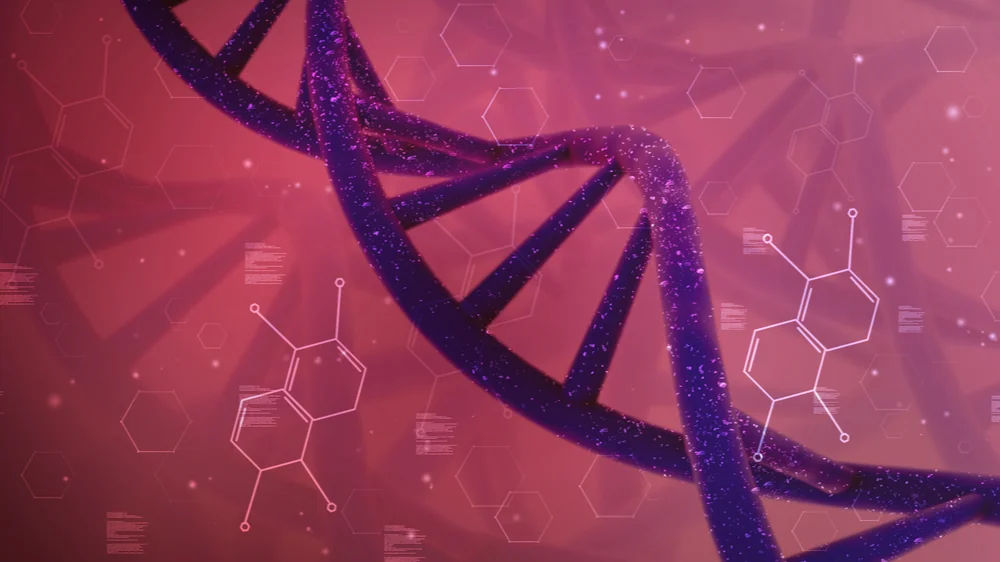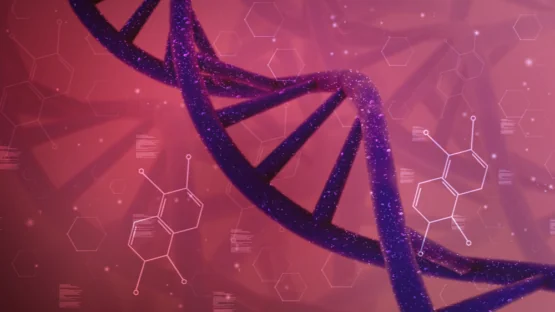Research published today in Nature Aging has shown that heterochronic parabiosis, the circulatory joining of young and old organisms, has rejuvenative effects on the gene expression of multiple types of brain cells in mice.
Parabiosis affects a wide variety of factors at once
Heterochronic parabiosis is a well-known aging intervention in mouse studies, and some studies have shown that factors in young blood improve brain health [1] while other studies have shown that factors in old blood cause harm to this organ [2]. While some work has focused on the changes to the proteins in blood (proteome) [3], these researchers note that the proteome is only part of the equation: exosomes, lipids, and other nonprotein factors are also likely to be having an effect.
Here, the researchers are not attempting to discover which of these myriad factors is having what effects. Instead, this paper has analyzed, at the gene transcription level of single cells, what effects heterochronic parabiosis has on multiple types of brain cells.
Largely expected results
Like with other parabiosis research, 3- to 4-month-old mice had their circulatory systems joined to 20- to 22-month-old mice, with same-age mice joined the same way as control groups. Individual, unjoined mice were also used as controls. After filtration and selection, over 100,000 cells that consisted of 75 different types were analyzed, and the researchers found that parabiosis did not cause them to lose their cellular identities.
This paper’s findings were in concordance with previously published work on parabiosis showing multiple beneficial and rejuvenative effects on gene expression. The researchers found that 700 of the over 20,000 genes they analyzed had their expression changed with aging, 442 gene expressions were changed in old animals by youthful blood, and 155 gene expressions were changed in young animals by old blood. Beneficial effects on gene expression networks, downregulation of senescence, and the improvement of intercellular communication in a way that appears to encourage the formation of new brain cells (neurogenesis) were also noted.
This paper highlights the strong, youth-promoting effects of parabiosis on the endothelial cells that make up the blood-brain barrier, with the suggestion that this may be due to these cells’ direct and constant contact with relatively large volumes of blood. This observation supports the previous finding that heterochronic parabiosis substantially improves brain vasculature [1].
However, some of the findings were less enthusiastic. The gene expressions that were common to aging and rejuvenation were different between cells, and parabiosis only had a limited effect on gene expression. The researchers also made the counterintuitive finding that heterochronic parabiosis may work through pathways that are not recognized to be part of aging.
Conclusion
Interspersed throughout its detailed data explaining the many various genes and pathways upregulated and downregulated with parabiosis and aging, this paper provides three key takeaways:
These data are again consistent with the notion that parabiosis is likely to act in part by regulating processes important to vascular structure and health.
These data suggested that heterochronic parabiosis changes the metabolic profile, improves proteostatic machinery and reduces aging-associated apoptosis or senescence.
These findings suggest new strategies for slowing deterioration and driving regeneration in the aging brain through approaches that do not rely on disease-specific mechanisms or actions of individual circulating factors.
With this last quote in mind, the question arises: how do we bridge the gap? Obviously, it is infeasible and unethical to join together the circulatory systems of old and young humans. However, it may be feasible to utilize a combination of youthful systemic factors (both protein and nonprotein) along with the blood scrubbing known as plasmapheresis to restore vasculature and function to the aging brain. Only animal experimentation and human clinical trials can determine if such an approach can one day become part of medicine.
Literature
[1] Katsimpardi, L., Litterman, N. K., Schein, P. A., Miller, C. M., Loffredo, F. S., Wojtkiewicz, G. R., … & Rubin, L. L. (2014). Vascular and neurogenic rejuvenation of the aging mouse brain by young systemic factors. Science, 344(6184), 630-634.
[2] Villeda, S. A., Luo, J., Mosher, K. I., Zou, B., Britschgi, M., Bieri, G., … & Wyss-Coray, T. (2011). The ageing systemic milieu negatively regulates neurogenesis and cognitive function. Nature, 477(7362), 90-94.
[3] Lehallier, B., Gate, D., Schaum, N., Nanasi, T., Lee, S. E., Yousef, H., … & Wyss-Coray, T. (2019). Undulating changes in human plasma proteome profiles across the lifespan. Nature medicine, 25(12), 1843-1850.




